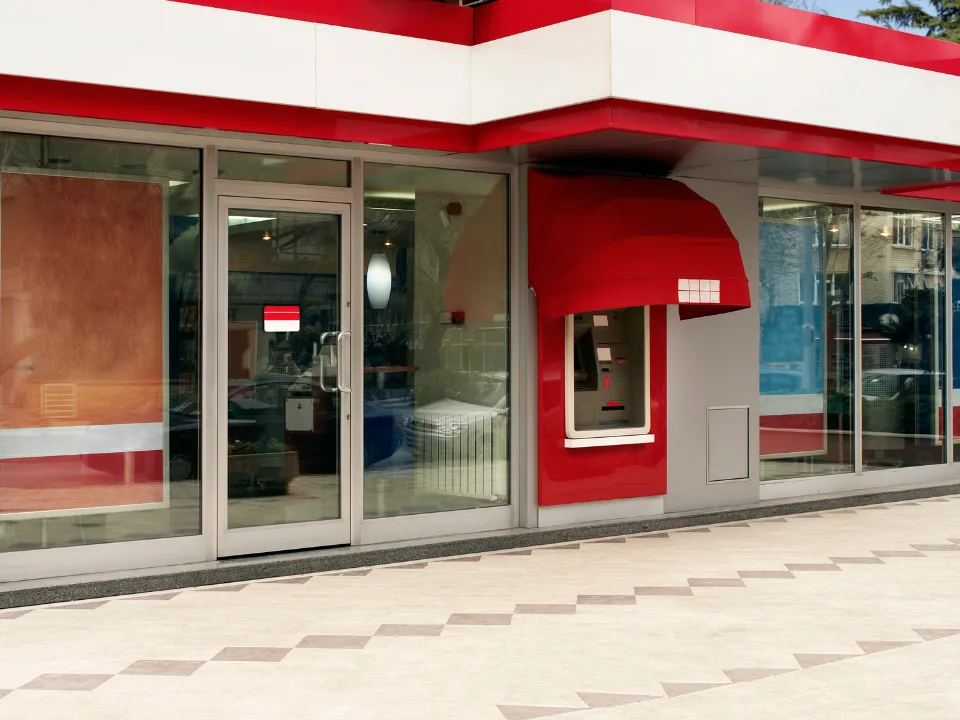- Industrial vacancy rates have risen for six consecutive quarters, reaching 6.1% in June 2024, but a shift in demand is anticipated.
- During this 1.5-year period, 629 MSF of industrial space were added nationwide, with tenants favoring newer, high-tech facilities.
- Demand is expected to rise, especially in facilities over 1 MSF, driven by e-commerce growth, automation, and new federal programs like the CHIPS Act.
The industrial real estate sector is approaching a critical juncture, as highlighted in Marcus & Millichap’s midyear 2024 industrial report.
After a period of rising vacancy rates—now at 6.1%—and a slight dip in average asking rents for the first time since 2011, the market is showing signs of stabilization, as reported in Globest.
Supply Surge
The report notes that nearly 629 MSF of industrial space were delivered across the U.S. over the last six quarters, boosting the national inventory by 3.5%.
While vacancy rates have risen, this trend is heavily concentrated in five major metros—Atlanta, Dallas-Fort Worth, Houston, Riverside-San Bernardino, and Phoenix. These cities are bracing for an additional 108 MSF of new industrial space in 2024, which could raise vacancy levels.
High-Tech Demand
Despite rising vacancies, developers have reason to remain optimistic. The report highlights that tenants are increasingly favoring newer, technologically advanced facilities, driven by the growth of automation and e-commerce.
This trend has led to a shift where many tenants are vacating older, less sophisticated properties in favor of modern spaces equipped with the latest amenities.
The continued expansion of e-commerce giants like Amazon (AMZN), Walmart (WMT), and Home Depot (HD) is also sustaining demand for industrial space. In 1H24, leasing activity remained robust, particularly for large facilities over 1 MSF. These larger properties, essential for accommodating automation, have seen positive net absorption and YoY rent growth of 4.6%.
Federal Programs
Federal initiatives such as the CHIPS Act and the Inflation Reduction Act are also expected to boost demand for industrial space. Manufacturing properties, which had the lowest vacancy rate at 4.5% as of June, are benefiting from these programs, with 92% of under-construction manufacturing space already pre-leased.
Smaller Facilities
The report also points to a growing demand for smaller industrial facilities, particularly those between 10 KSF to 50 KSF, which recorded a high share of trades in early 2024. Although they represent only a minor portion of the construction pipeline, smaller properties are expected to remain in high demand due to their lower vacancy rates.
Positive Outlook
The industrial sector continues to attract favorable financing, with insurance companies increasing their share of industrial loans to 25% in 2023. The sector’s long-term leases, coupled with federal incentives, are likely to keep lenders interested, especially as potential Fed rate cuts could further stimulate lending activity.

















